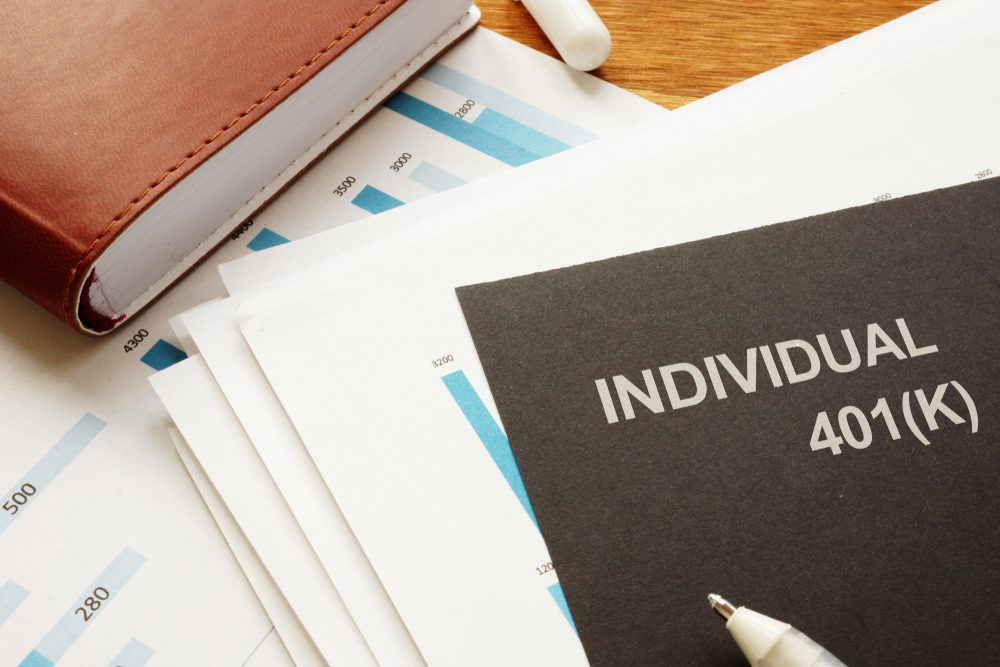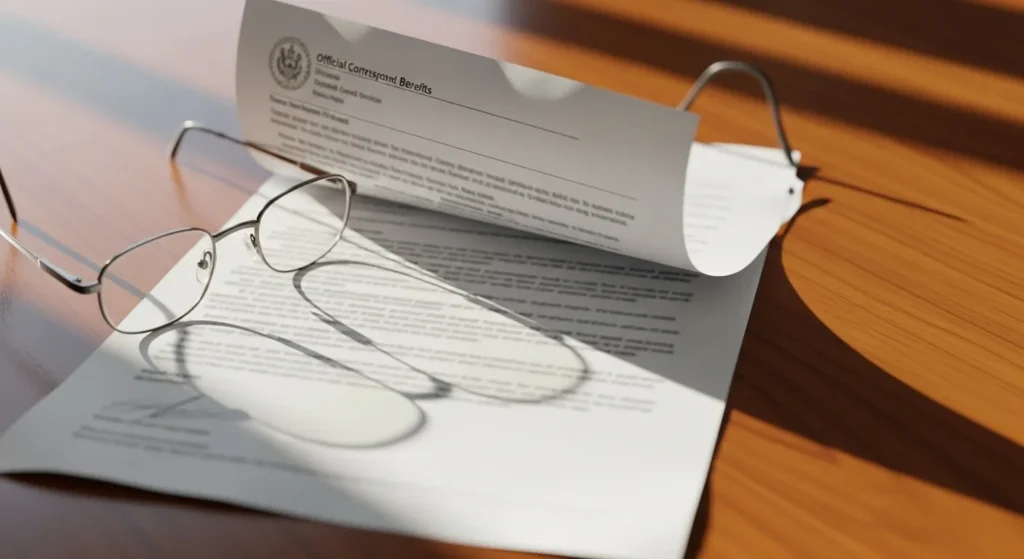
Benefits Of Staying Put
This one is your most straightforward option. Naturally, the easiest option is to leave your money in the plan. You can choose to begin taking withdrawals or hold off and let your assets continue to grow tax-deferred.
Since you’re required to start withdrawing in the tax year you turn 70 and a half, this could mean thousands of dollars in additional gains.
There are a few downsides to doing things this way, though. First, you’re limiting your investment choices to the assortment of funds the plan offers.
Some 401(k) investment funds have relatively high fees, and you might be able to do better somewhere else. On the upside, funds in a 401(k) are generally protected from bankruptcy and creditors.
If either of these is a concern for you, then it might be best to leave your account alone. Even money in an IRA gets different protection than 401(k) assets.










